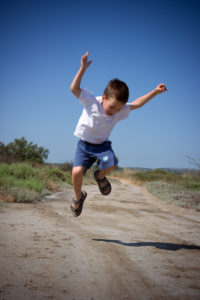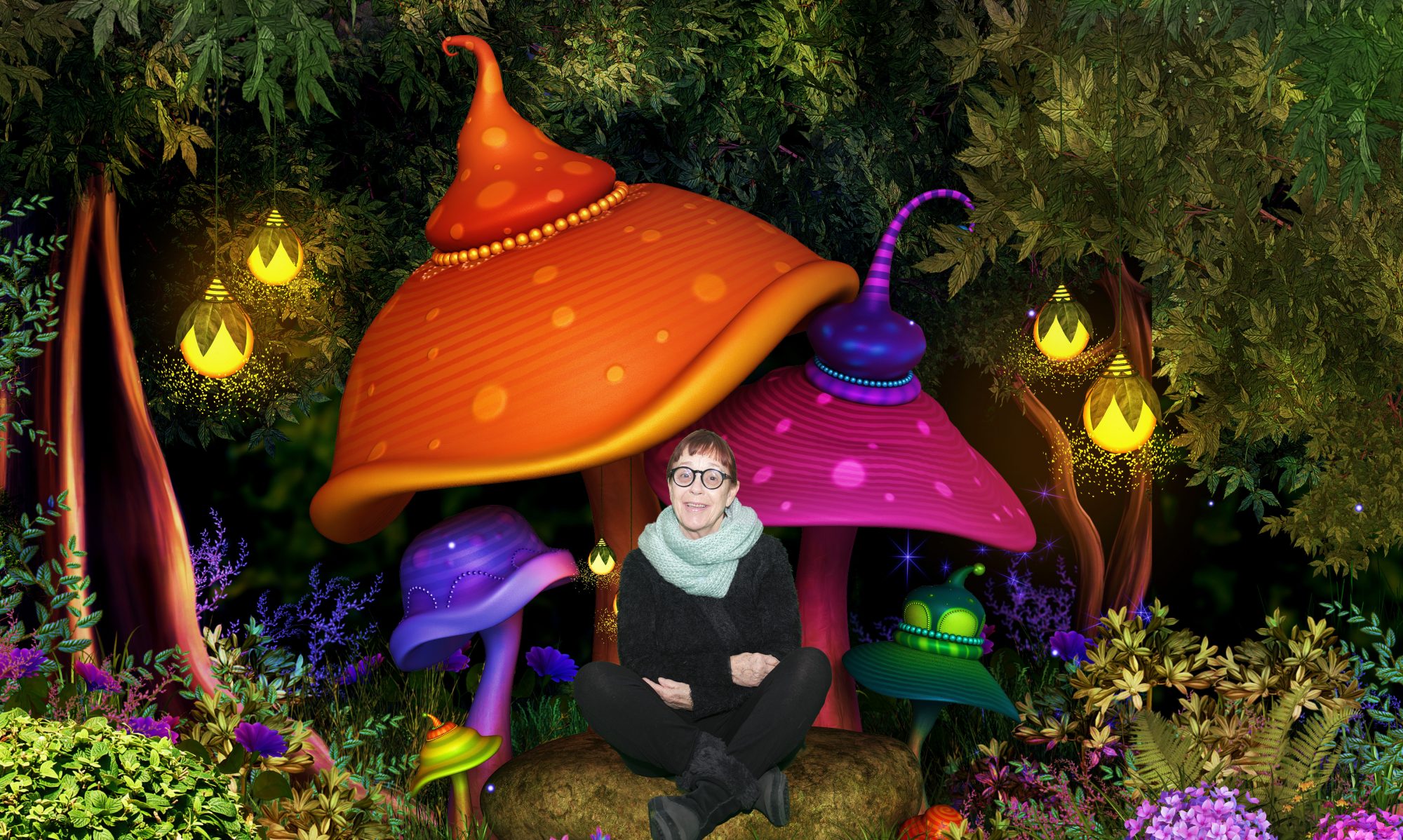
The ABC of child whispering: M is for the magic of movement.
I was walking our dogs by the river on Sunday, watching them enjoy the sheer joy of just moving- no destination, reason needed. Just the sheer joy of movement was driving them. I was thinking how my gym times are mostly to do with vanity and not just enjoyment and then I realised that wasn’t strictly true.
Lately I get lost in the yoga sessions and I am completely IN it and loving the feeling and movements. The same (amazingly!) is starting to happen in Body Pump and gym workouts. I am losing myself and totally IN my body and it feels good- actually GREAT!
The interesting thing is that all this movement is in fact very good for our brains and this also applies to children. They relish the joy of movement!
I love watching them engage in yoga, Brain Gym or movements from Power Brain kids (by Ilchi Lee.) Even 5 minutes of these movements seem to switch the kids at ICE onto learning and really engage them. Preceded by a short burst of creativity and Followed by 1 minute of mindfulness, we have the perfect formula to begin our sessions.
Our beginning formula is always CMM
CREATIVE/MOVEMENT/MINDFULNESS
Sadly, children often don’t do much physical movement inside classrooms but moving really enhances learning. Qxygen and blood flow to the brain increases, enjoyment and engagement levels rise and children learn more!
“Many early cognitive researchers ignored play, assuming it had nothing to do with intellectual growth. They were dead wrong. Many play-oriented movements have the capacity to improve cognition, including the following:
- Exercise play (aerobics, running, chasing, dance routines).
- Rough-and-tumble play (soccer, football, wrestling).
- Solitary play (doing puzzles, object manipulation).
- Outdoor learning activities (digging, observing insects).
- Stand and stretch activities (tai chi, Simon Says).
- Group or team competitive games and activities (relays, cheerleading).
- Constructive play (building with blocks, model building).
- Exploratory play (hide and seek, scavenger hunts, make-believe).
- Functional play (purposeful play, such as practicing a new skill).
- Group noncompetitive games (earth ball).
- Individual competitive games (marbles, track and field, hopscotch).
- Adventure or confidence play (ropes courses, trust walks).
- Group noncompetitive activities (dance, drama).
- Walking excursions (outdoors, indoors).
Play, recess, and physical education are essential for many brain-based (biological) reasons. Here are just some of the benefits of exercise:
- It allows learners to make mistakes without “lethal” consequences (with far less embarrassment and more fun than in a traditional classroom situation).
- It enhances learning (Fordyce & Wehner, 1993).
- It improves the ability to handle stress by “training” the body to recover faster from the quick surges of adrenaline associated with demanding physical activity . . . and classroom environments.
- It triggers the release of BDNF, brain-derived neurotrophic factor (Kesslak, Patrick, So, Cotman, & Gomez-Pinilla, 1998). This natural substance enhances cognition by boosting the neurons’ ability to communicate with one another.
- It can enhance social skills, emotional intelligence, and conflict resolution ability.
- Exercise may increase catecholamines (brain chemicals such as norepinephrine and dopamine), which typically serve to energize and elevate mood (Chaouloff, 1989).”
(Eric Jensen: Teaching with the brain in Mind.)
MOVEMENT in schools is never a waste of time! It will enhance and accelerate learning. We never miss it- if we did we would be missing a vital part of our teaching-learning cycle!
